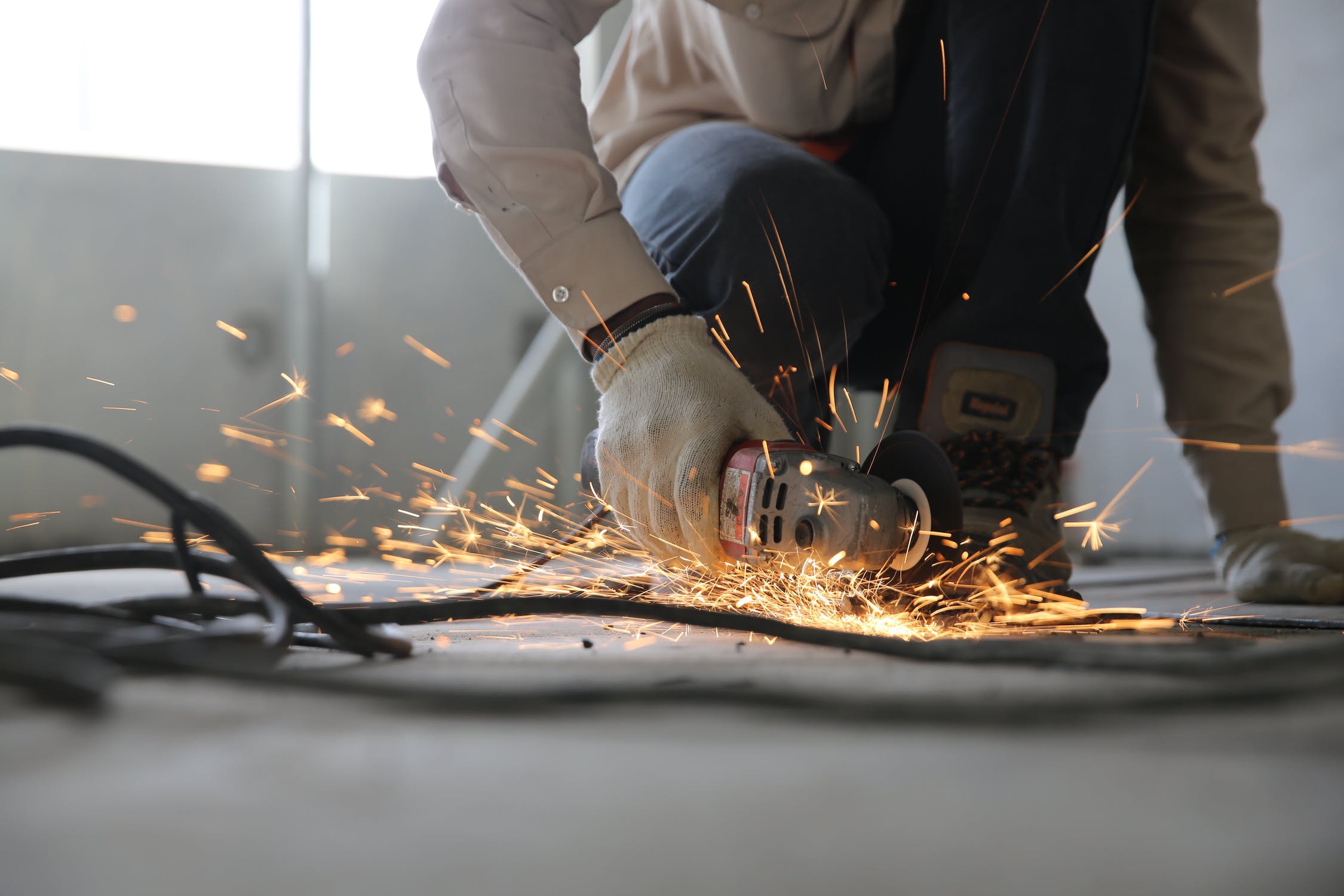You may not be able to tell whether a building is built to Passive House standard from the outside, but there is considerable difference between Passive House buildings and minimum code-compliant buildings. And they’re different not only in how they’re constructed, but also in what they offer the owner in quality of life and peace of mind.
Temperature Consistency
One difference you can actually see if you’re looking closely, is in the construction of windows. Passive House standard uses high efficiency windows. These windows are part of the reason Passive House buildings are so comfortable. The temperature consistency in these high performance buildings is remarkable, especially when taken in comparison to a minimum code building, which can be drafty and uncomfortable. And beyond the windows, Passive House buildings also have continuous insulation and an airtight design that keeps drafts out and temperate air in. Consistent and comfortable temperatures are achieved through the use of these high efficiency windows and increased insulation, which also reduces the requirements for heating and cooling equipment.
Indoor Air Quality
The air inside Passive House buildings isn’t only comfortable, it also has high indoor air quality. The ventilation systems in high performance buildings bring fresh outdoor air inside while also filtering it to remove any contaminants. The constant supply of fresh filtered air boosts the air quality, making the building a more comfortable and healthy place to be. Air does not get stale as it can in minimum code buildings.
Quiet
Much of the structural aspects that make a Passive House building so comfortable have the added bonus of making the place quiet. The continuous insulation certainly helps keep noise outside, and the ventilation system makes nowhere near the noise of a conventional HVAC system. These qualities make for an excellent home, apartment building, or office building.
Energy Cost Savings
The windows, insulation, ventilation, and other aspects go a long way toward another difference between Passive House buildings and minimum code-compliant buildings, which is in the energy costs. Owners of Passive House buildings save 60-80% in energy costs over what owners of conventional buildings pay. It is true that these high performance buildings will cost a bit more to build in the first place–typically Passive House structures cost 8-10% more than minimum code buildings–but the energy savings more than make up for this.
Most importantly, the biggest difference between Passive House construction and minimum code-compliant construction is the ultimate carbon footprint of the building. Passive House homes, for example, have an annual average CO2 output of 19,500 pounds less than that of a conventional home by producing only 6,500 pounds a year. This translates to all varieties of Passive House buildings. All the measures employed to reach Passive House certification result in a building that is better for the environment and best for the physical and mental health of the occupants.






Recent Comments